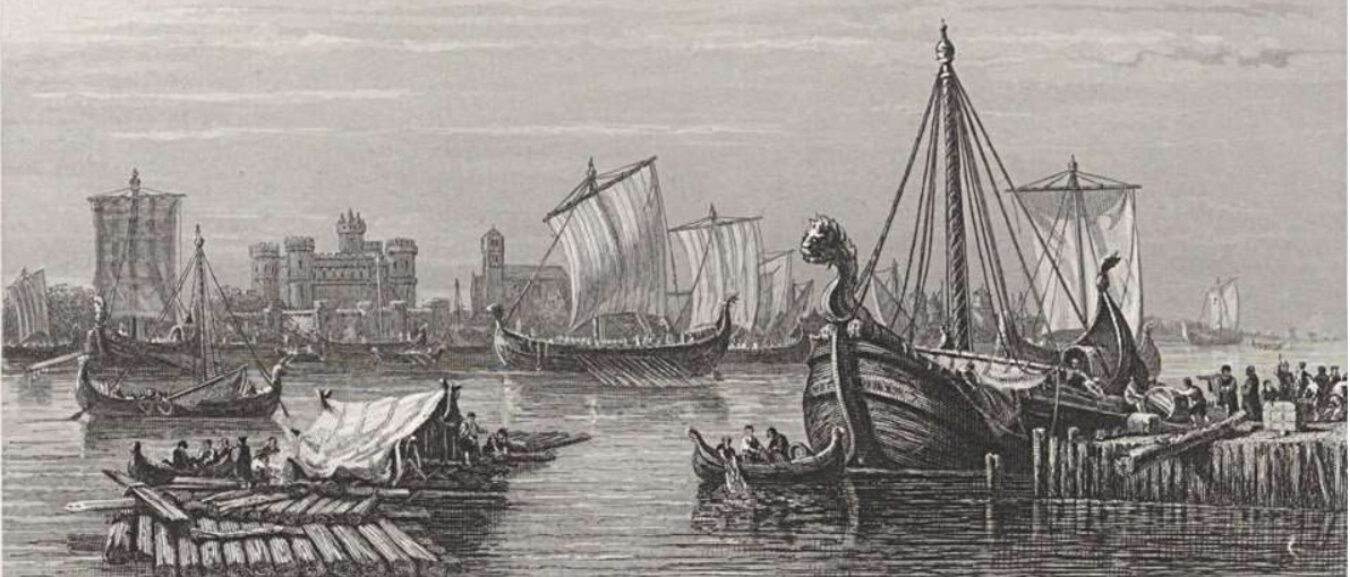Norse cosmology is the mythology and cosmology of the ancient Scandinavian people, particularly those in the regions of modern-day Norway, Sweden, and Denmark. Norse cosmology is complex and multifaceted, and has been preserved in a variety of texts, including the Poetic Edda, the Prose Edda, and various sagas.
At the center of Norse cosmology is Yggdrasil, the World Tree. Yggdrasil is a massive ash tree that connects the nine worlds of Norse mythology. These worlds include:
- Asgard: The realm of the Aesir gods, who are associated with war, wisdom, and magic.
- Vanaheim: The realm of the Vanir gods, who are associated with fertility, nature, and fertility.
- Midgard: The realm of humans.
- Jotunheim: The realm of the giants.
- Alfheim: The realm of the light elves.
- Svartalfheim: The realm of the dark elves.
- Nidavellir: The realm of the dwarves.
- Helheim: The realm of the dead.
- Muspelheim: The realm of fire, ruled by the giant Surtr.
According to Norse mythology, the world was created from the body of the giant Ymir. The Aesir gods then created the first humans, Ask and Embla, from two pieces of wood. The gods are locked in an ongoing struggle with the giants, and the eventual fate of the world is prophesied to involve a final battle, known as Ragnarok, in which many of the gods and giants will die.
Overall, Norse cosmology is a rich and complex system of mythology and symbolism that reflects the worldview and values of the ancient Scandinavian people.

